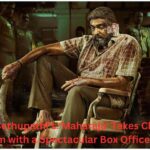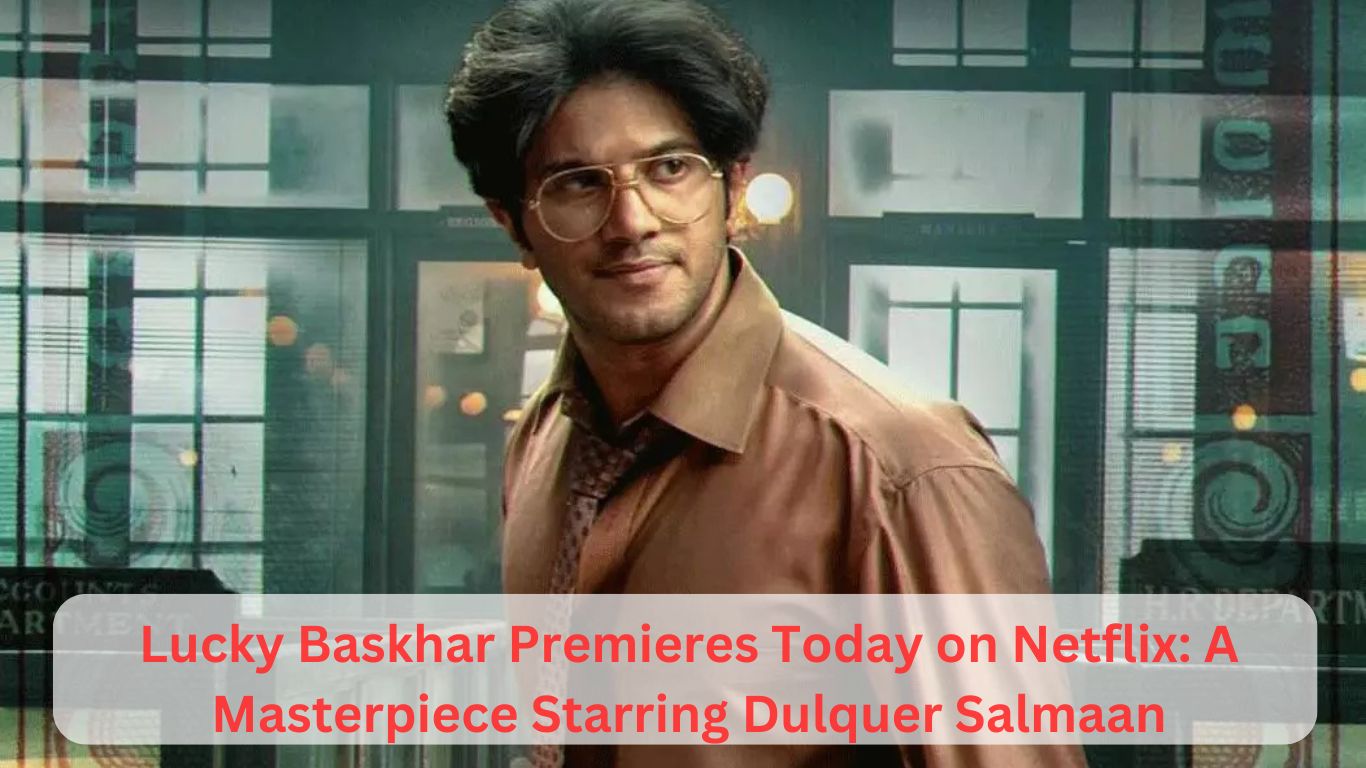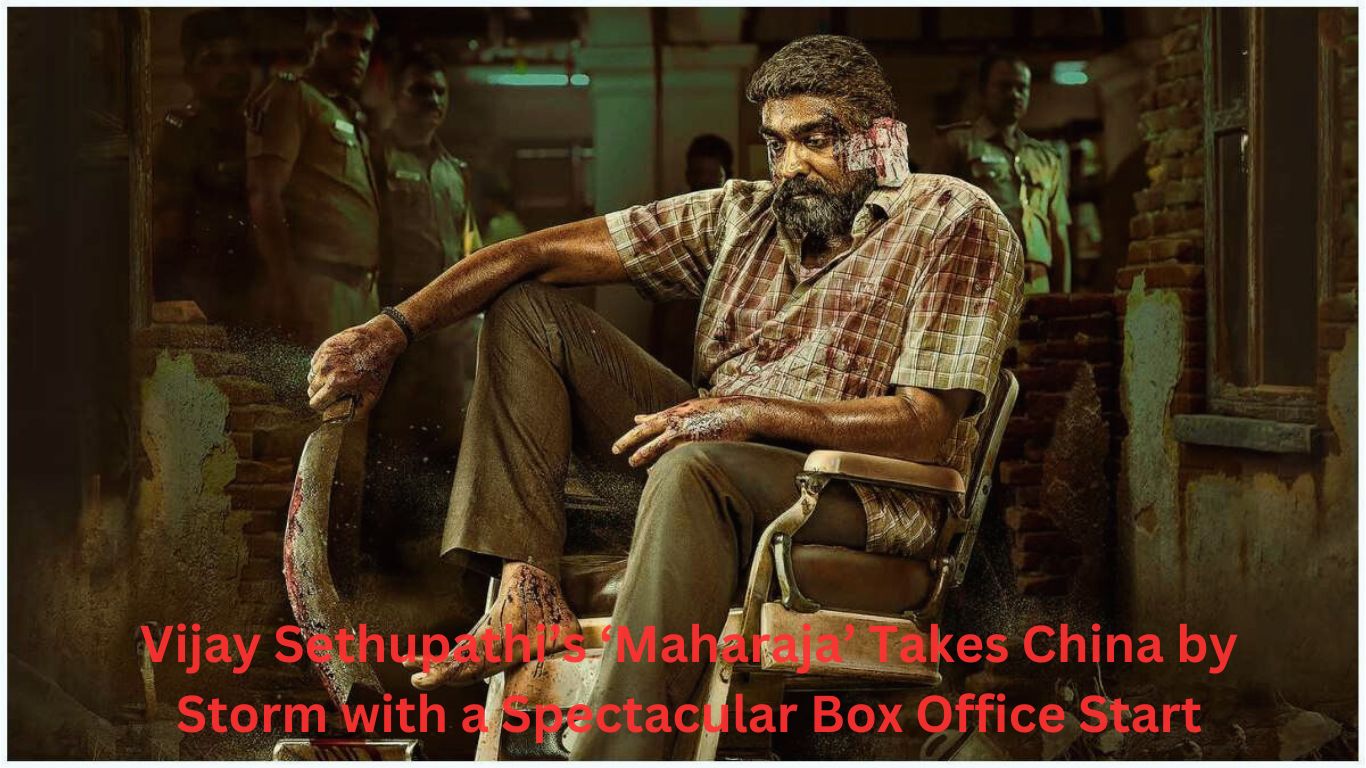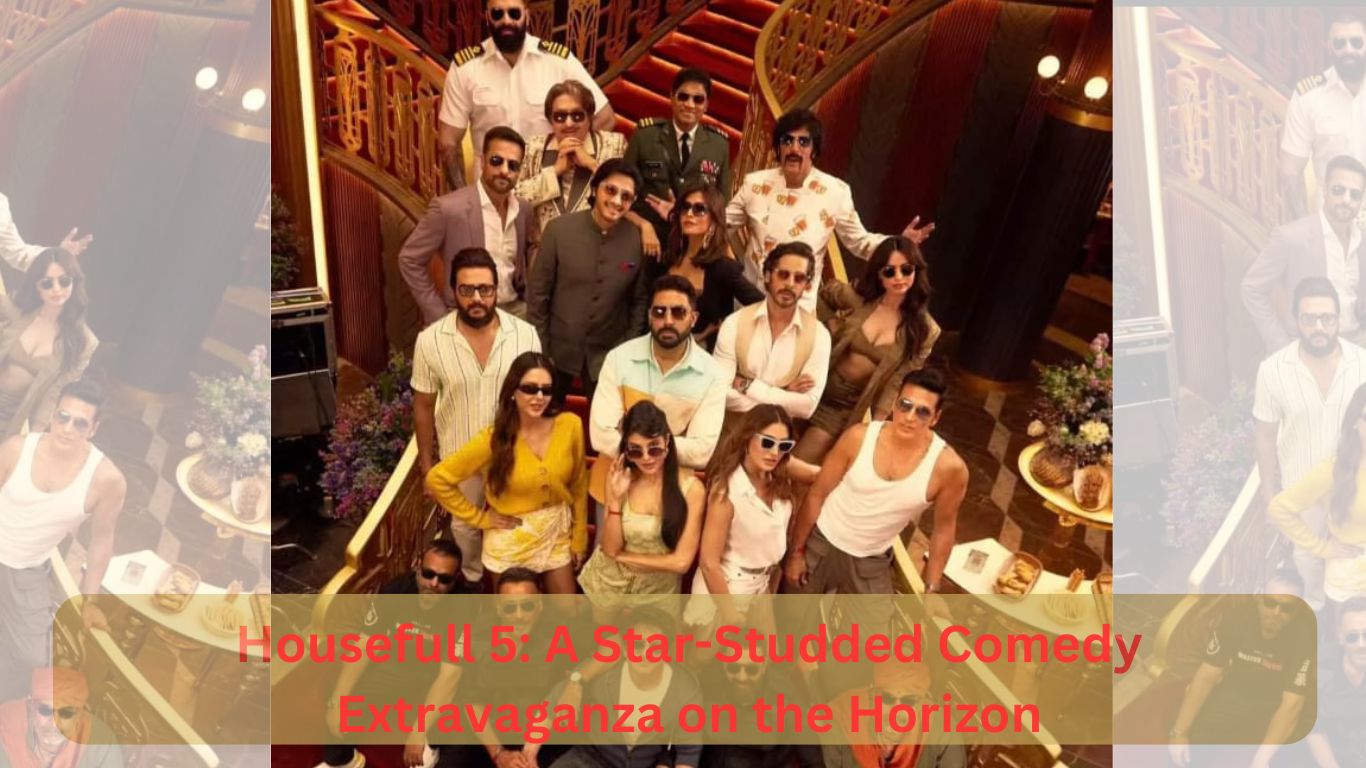Cinematography is often considered the lifeblood of the film industry. It encompasses the art and technology of motion-picture photography, shaping how stories are visually told and experienced by audiences. From the soft glow of candlelight in a period drama to the stark, high-contrast shadows of a noir thriller, cinematography plays a pivotal role in enhancing narrative depth. This intricate blend of aesthetics, technique, and emotion not only conveys the director’s vision but also invites the viewer into richly textured worlds that resonate on multiple levels.
Setting the Scene: Visual Composition
At its core, cinematography is about capturing images that communicate the essence of a story. The composition of a shot is crucial; it involves the framing, angles, and arrangement of elements within the frame. Cinematographers (or DPs, for directors of photography) utilize the principles of visual design, like the rule of thirds, leading lines, and symmetry, to create images that draw the viewer’s eye and evoke emotion.
Consider iconic works like Roger Deakins’ cinematography in Blade Runner 2049 or Emmanuel Lubezki’s work in Birdman. These films utilize striking compositions to reflect the internal struggles of their characters and the thematic elements of isolation, existentialism, and the passage of time. The meticulous arrangement of light, shadow, color, and space helps viewers not just see, but feel the narrative’s underlying currents.
The Language of Light
Light is perhaps the most vital tool in a cinematographer’s arsenal. Different lighting techniques can drastically alter the mood of a scene. High-key lighting creates a bright, cheerful atmosphere, often used in comedies and musicals, while low-key lighting crafts an ominous, suspenseful ambiance perfect for thrillers and horror films.
For instance, in The Godfather, Gordon Willis’ use of low-key lighting casts ominous shadows on characters, emphasizing themes of power and secrecy. The chiaroscuro effect not only enhances the film’s dramatic tension but also visually signifies the duality of the characters’ lives. In contrast, vibrant and well-lit scenes in films like La La Land evoke a sense of nostalgia and romanticism, showcasing how lighting can communicate contrast and depth in the narrative.
Color: An Emotional Palette
Color is another vital aspect of cinematography that impacts storytelling profoundly. It can be symbolic, emotional, or even functional. The color palette of a film can evoke specific feelings and emotional responses, manipulating the audience’s perception of the narrative. Cinematographers work closely with production designers and colorists to create harmonious palettes that reinforce the film’s thematic ambitions.
Take The Grand Budapest Hotel, for example. Wes Anderson’s signature use of bold, symmetrical color schemes enhances the whimsical yet poignant qualities of the narrative. The pastel hues invoke nostalgia, inviting viewers into a story that contrasts cheerfulness with themes of loss and memory. Conversely, films like Mad Max: Fury Road use a desaturated palette, invoking a sense of bleakness and despair that is essential to the dystopian setting.
Movement and Rhythm
Cinematography is not limited to static images; it also encompasses movement. The choice of camera movements—be it a fluid dolly shot, a sweeping crane shot, or a shaky hand-held shot—can profoundly influence the rhythm of the film. Dynamic camera movements can heighten tension, enhance action sequences, or immerse the audience in the emotional experience of the characters.
In 1917, Roger Deakins employed a groundbreaking continuous shot that follows two soldiers on a perilous mission during World War I. This immersive technique not only generates suspense but also allows the audience to experience the immediacy of war and the characters’ emotional stakes. The fluid camera work becomes a character in itself, guiding the viewer through a visceral journey that feels raw and unfiltered.
Collaboration: The Cinematographer’s Role
Cinematographers work closely with directors, production designers, and editors to realize a cohesive visual language. This creative collaboration is essential in aligning the cinematographic approach with the overall vision of the film. The interaction between the cinematographer and the director can shape how the story unfolds; as visions merge, they intertwine thematic intentions with visual storytelling.
For instance, the collaboration between Christopher Nolan and cinematographer Hoyte van Hoytema has produced a series of visually striking films like Dunkirk. Their partnership allows for innovative uses of IMAX cameras, practical effects, and natural light, resulting in a film that is as much an emotional experience as it is a visual spectacle.
Conclusion: The Lasting Impact of Cinematography
In an ever-evolving film landscape, the art of cinematography remains foundational to visual storytelling. Through the intentional use of light, color, composition, and movement, cinematographers are instrumental in conveying complex narratives and eliciting emotional responses. As technology advances and new techniques emerge, cinematography continues to adapt, offering fresh perspectives on storytelling.
Ultimately, the power of cinematography lies in its ability to transcend dialogue, engaging audiences in a profound dialogue of its own. Each image captured is a piece of art, imbued with meaning that resonates long after the credits roll. In the end, cinematography not only shapes movies but also transforms them into experiences that linger in our minds and hearts, reminding us of the transformative power of visual storytelling.















